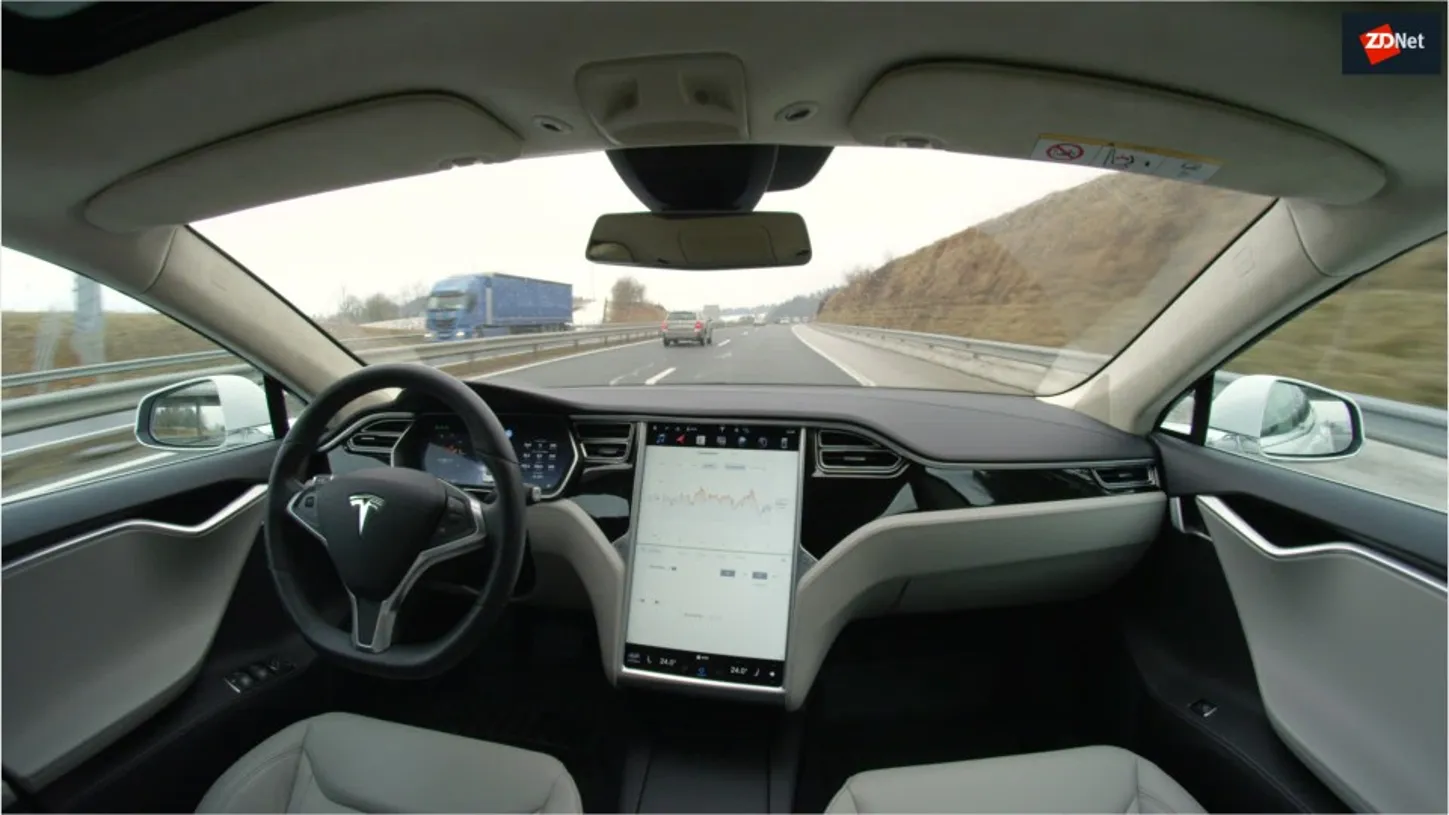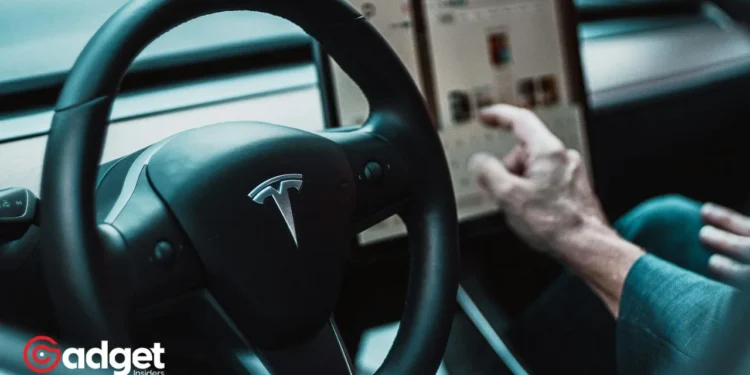In the era of rapidly advancing technology, electric vehicles (EVs) have become the epitome of modern transportation, offering both environmental benefits and cutting-edge features. Among these innovative marvels, Tesla has consistently set the standard with its advanced security measures and user-friendly amenities. However, the integration of technology in vehicles also opens up new vulnerabilities. A recent discovery by security researchers has brought to light a new method of exploitation that could potentially compromise the security of Tesla vehicles.
The Ingenious Hack Exploiting Flipper Zero
The security research company Mysk recently unveiled a concerning vulnerability within Tesla’s system, facilitated by a device known as the Flipper Zero. This revelation has sent ripples through the Tesla community, urging owners to exercise increased caution regarding the networks they connect to and the websites where they input their credentials.
The Flipper Zero, a device originally designed for penetration testing, has been manipulated by malevolent individuals for various illicit activities. This tiny yet powerful device has now been used to exploit a loophole in the Tesla security framework, leading to a new form of social engineering attack.

A Closer Look at the Social Engineering Attack
The process begins when threat actors establish counterfeit networks, often at charging stations or similar locations frequented by Tesla owners. These networks, deceptively named to mimic Tesla’s guest networks, serve as the first step in the attackers’ scheme.
Unsuspecting users connecting to these networks are directed to fake websites where they are prompted to enter their Tesla account credentials, followed by a two-factor authentication code. This sequence of actions unknowingly hands over critical information to the attackers, who then use the Flipper Zero device to carry out their nefarious plans.

The Dire Consequences for Tesla Owners
Armed with the stolen credentials, hackers are capable of registering their device as a “Phone Key” for the victim’s Tesla. This unauthorized access not only allows them to unlock and lock the doors but also enables them to drive away with the vehicle, posing a significant threat to the owner’s property and security.
Mitigating the Threat
The emergence of this tactic underscores the importance of vigilance among the owners. While the allure of convenient features like “Phone Keys” is undeniable, this incident serves as a stark reminder of the potential risks associated with digital technologies in vehicles.
The EV giant’s shift to ultrawideband (UWB) technology for enhanced signal range and security is a step in the right direction, yet the incident reveals that technological advancements alone cannot fully safeguard against human ingenuity in exploiting vulnerabilities.
Tesla was found vulnerable to a new car stealing tactic that involved a Flipper Zero.https://t.co/DKiSAOdsQz
— Tech Times (@TechTimes_News) March 8, 2024
To protect against such threats, owners are advised to avoid connecting to unknown networks and to be cautious about providing authentication codes to websites. Awareness and precautionary measures are key in mitigating the risks associated with these sophisticated social engineering attacks.
The Broader Implications
This incident not only highlights the need for enhanced security measures from Tesla and other EV manufacturers but also emphasizes the evolving landscape of automotive security. As vehicles become increasingly interconnected with the digital world, the scope for cyber threats expands, necessitating a proactive and multi-faceted approach to security.
Manufacturers, security experts, and vehicle owners must collaborate to stay one step ahead of cybercriminals, ensuring that the future of transportation remains safe and secure.

The Tesla Flipper Zero hack serves as a critical reminder of the vulnerabilities inherent in modern technology. It underscores the need for continuous vigilance and advanced security measures to protect against the ever-evolving landscape of cyber threats.
As we navigate this digital era, let us remain alert and informed, safeguarding our technological marvels against those who seek to exploit them.










